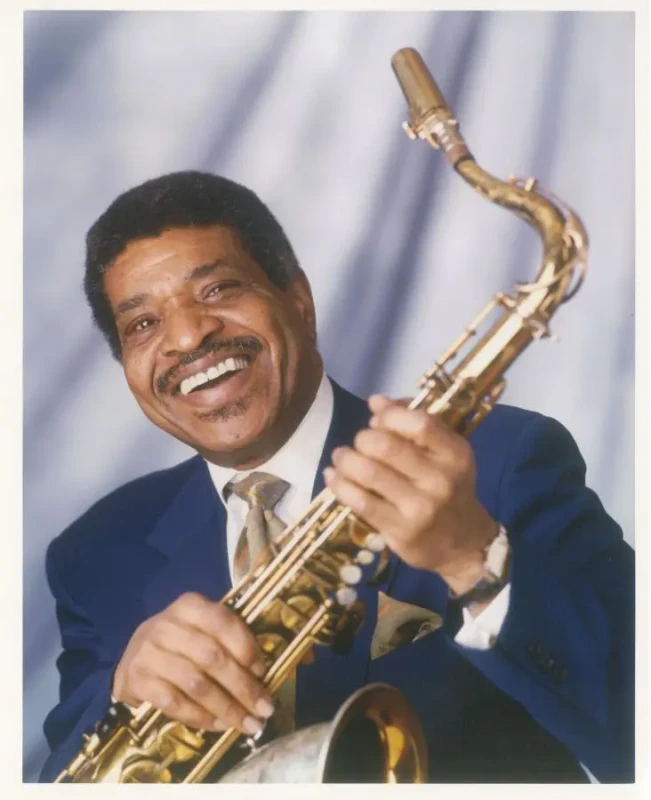
Selmer Paris Artist
George Coleman
George Coleman, a tenor saxophonist of unparalleled prowess, embodies the robust vitality that defines this heavyweight instrument in jazz. Hailing from Memphis, his deeply soulful tone and consummate technique have left an indelible mark on the genre. Having graced the stage with jazz luminaries, George's remarkable career spans over half a century. Growing up in Memphis during the vibrant '40s and '50s musical era, George found himself in the company of future greats like Booker Little, Harold Mabern, and Hank Crawford. Immersed in the music of Charlie Parker, he taught himself alto saxophone in 1950, an endeavor that swiftly propelled him into the local scene. By 17, he embarked on a tour with B.B. King, who was captivated by George's talent. In 1955, he transitioned to the tenor saxophone, and in 1956, relocated to Chicago. There, he mingled with jazz icons like Gene Ammons and Johnny Griffin, eventually collaborating with Max Roach's quartet alongside Kenny Dorham. New York became his home in 1958, where he embarked on a dynamic journey. His tenure with Slide Hampton's octet marked a pivotal chapter, during which he honed his composition skills. Notably, George joined the groundbreaking Miles Davis quintet in 1963, recording seminal albums like "Seven Steps to Heaven" and "My Funny Valentine." His influence reached far beyond as he engaged with various ensembles and artists, demonstrating his versatility and artistic mastery. For over three decades, George has remained dedicated to both performing and education. His leadership has been recognized with honors and awards, including the Jazz Foundation of America's Life Achievement Award. Beyond jazz, George has graced the silver screen, while his modeling credits showcase his multifaceted persona. At 76, George's artistry continues to shine. His latest release, "Four Generations of Miles," stands as a testament to his enduring impact on the world of music.